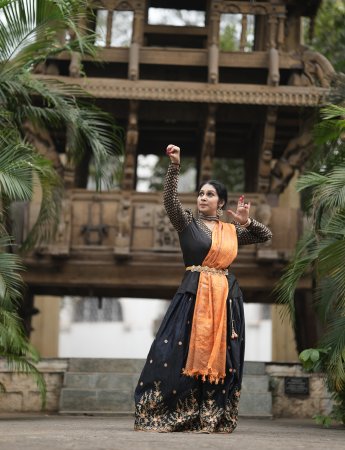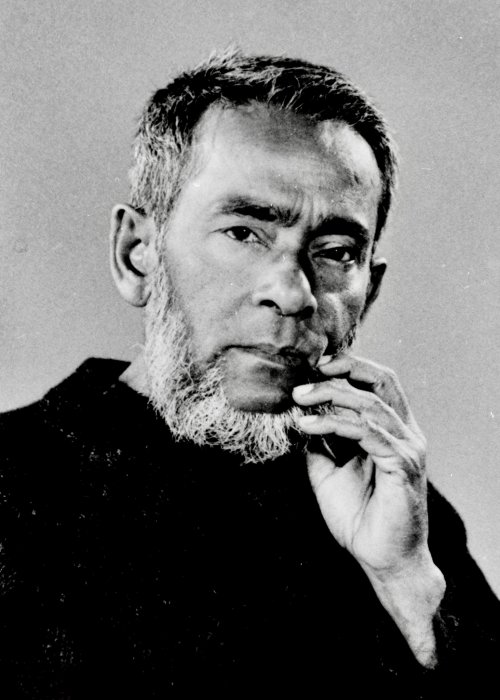In a week of out-of-the-box presentations, the solo glory of the Bharatanatyam evening titled Taapita, singed every person in the audience, with the burning intensity of sringar, as evoked by dancer Pritam Das, on June 20 at the Stein auditorium, Delhi. This exceptionally endowed dancer, after initial training under Jayati Ghosh and Samrat Dutta, has for the last eight years been training under Rama Vaidyanathan of Ganesa Natyalaya. Gifted with a reed slim body which can move any which way at incredible speed, not to speak of an inbuilt feel for the fractional intervals of a tala or time cycle, Pritam tops all this with a deep sense of commitment to his career in Bharatanatyam....
A mixed theatre/dance background always adds a vital dimension to a dancer's work, and so it has been in the case of dancer Sudip Chakraborty - writer, storyteller and a TEDx speaker, whose seventeen year Kathak experience, coming on top of Bharatanatyam learning in the Kalakshetra mode, had its finishing point under Guru Jaikishen Maharaj, after years under Pranab Sanyal and Sandip Mallick. The youngster has also trained in pakhawaj under Pt Ravi Shankar Upadhayye. The dance knowhow has been enriched by theatrical experience flowing from working in local group theatres of Kolkata.....

It was very fitting that for an occasion remembering an independent minded woman like late Madhavi Gopalakrishnan, a work like 'And She Spoke' on the voices of women in a deep rooted patriarchal society, should be presented at the IIC, Delhi. One of the trustees, daughter Meera Khanna, in her introductory remarks hit the nail on the head with the statement of her as "a mother who taught us to never be dependent on her" while her sibling, dancer Rama Vaidyanathan, has on several occasions referred to her own mental stamina in facing up to career ruffles, as a result of the strength drawn from her mother.....
Read more in the site
Please provide your name / email id along with your comment. Anonymous and derogatory comments will be removed.





























